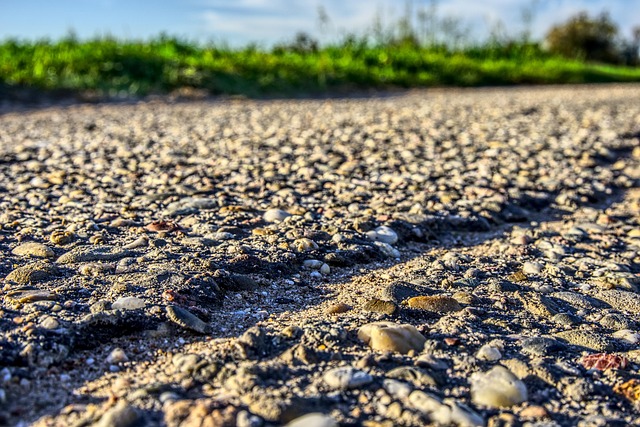Understanding the Risks Posed by Climate Change and Extreme Weather
The environment we inhabit is undergoing unprecedented changes, and the ripple effects of climate change are becoming increasingly visible. Rising temperatures, shifting weather patterns, and more frequent extreme weather events are all part of our new reality. With these changes come significant risks that not only threaten our ecosystems but also impact our daily lives, economies, and communities.
The Impact of Extreme Weather
Extreme weather events, such as hurricanes, floods, droughts, and heatwaves, pose serious risks to human safety and well-being. These unpredictable occurrences disrupt our lives, destroy homes, and devastate economies. Imagine waking up to the sound of your community under siege from a powerful hurricane or facing the loss of crops due to an unexpected drought. The emotional toll can be overwhelming, as families grapple with loss while trying to rebuild their lives.
Climate Change: The Underlying Catalyst
At the heart of the increasing frequency of extreme weather events lies climate change. As greenhouse gas emissions continue to rise, global temperatures increase, leading to changes in rainfall patterns and ocean currents. This alteration in our climate system has dire consequences, including melting polar ice and rising sea levels, which amplify the risks associated with extreme weather.
Moreover, vulnerable communities often bear the brunt of these changes. Low-income neighborhoods may lack the infrastructure to withstand severe storms, while marginalized groups face greater challenges in recovery. The risk is not evenly distributed, making it crucial to prioritize equity in discussions surrounding climate change.
Personal and Community Resilience
Recognizing the risks posed by climate change and extreme weather is the first step toward adaptation and resilience. Individuals can take proactive measures, such as preparing emergency kits, developing family evacuation plans, and advocating for sustainable practices in their communities. On a larger scale, communities can come together to push for policies that support green infrastructure, enhance disaster preparedness, and protect those most vulnerable to environmental risks.
The Role of Education and Awareness
Building awareness about the risks of climate change and extreme weather is essential for driving collective action. Educational programs can empower individuals to understand how these issues affect their lives and what steps they can take to mitigate their impacts. By fostering a culture of awareness, we can work together to navigate the risks and protect our environment for future generations.
As we continue to grapple with the realities of climate change and its associated extreme weather events, acknowledging the risks involved is vital. Our response will determine how we adapt to these challenges, ensuring not only our survival but also the sustainability of our planet.




